Food poisoning is a horrible, even potentially life-threatening experience. But it's hard to determine if food is safe to eat, partly because problems are relatively rare. But knowing which foods are potentially risky can help.
The Center for Science in the Public Interest has issued a list of the top 10 FDA-regulated foods linked to outbreaks since 1990. (That includes produce, seafood, egg, and dairy products, but not meat.)
Be aware of the risk, but don't avoid these types of food. "They are everywhere and are part of a healthy diet," says CSPI staff attorney, Sarah Klein.
Leafy greens
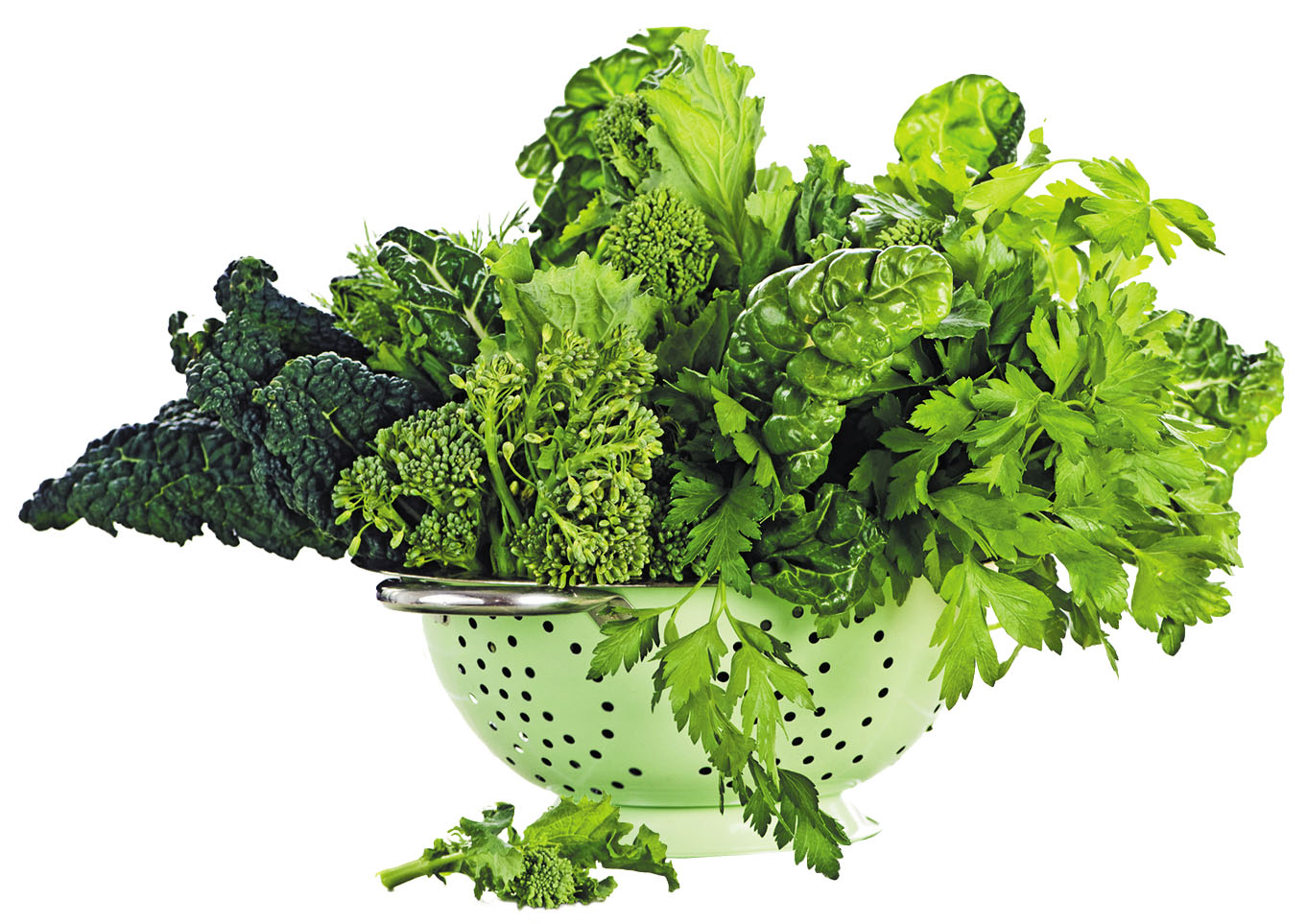
Yes, they're your favorite go-to salad greens - lettuce, escarole, endive, spinach, cabbage, kale, arugula, and chard. But they also caused 363 outbreaks involving 13,568 reported cases of illness since 1990. (Remember bagged spinach in 2006?)
Greens can be contaminated by manure, dirty water rinses, or unwashed hands before you even purchase them. To avoid getting sick, wash produce and prevent cross-contamination (improper handling of meat in the kitchen can spread bacteria to other types of food, including greens) by washing hands and using separate cutting boards.
READ ALSO: 16 outdated problems from the olden days that today’s kids will never have to deal with
Eggs

This breakfast favorite has been linked to 352 outbreaks since 1990, most often due to Salmonella bacteria. The bacteria can lurk inside the egg, so proper cooking is key (which kills the germs). Avoid eating any products containing raw eggs, including cookie dough.
"Our food supply is safe," says Dr. Craig Hedberg, of the University of Minnesota School of Public Health in Minneapolis. "There is roughly one illness for every three to four thousand meals served," he says.
Still, "raw food items like eggs may have contamination and need to be handled properly."
Tuna
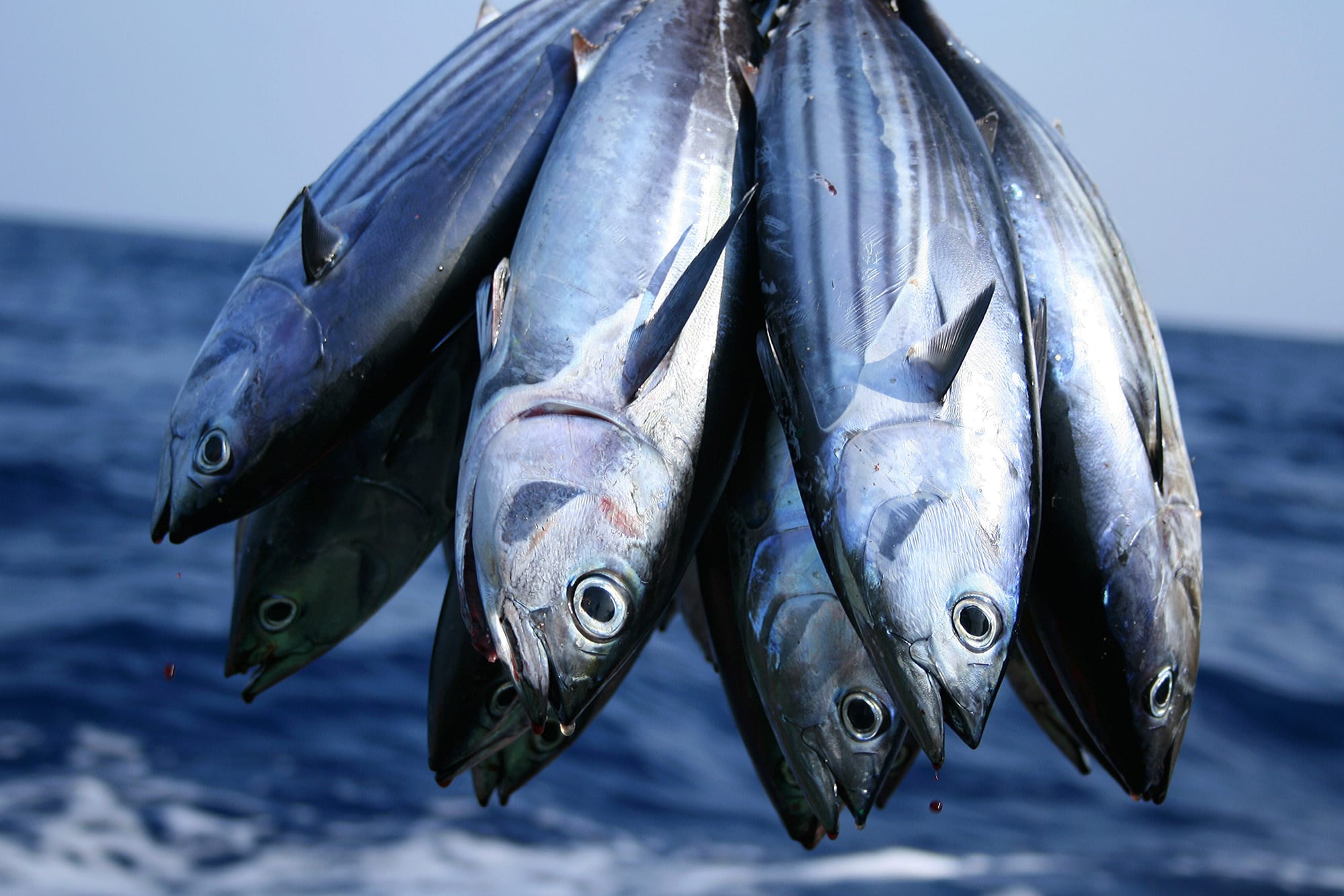
This type of fish can be contaminated by scombrotoxin, which causes flushing, headaches, and cramps. If it is stored above 60 degrees after being caught, fresh fish can release the toxin, which cannot be destroyed by cooking (and is unrelated to mercury contamination or other problems related to tuna and other fish).
Tuna has been linked to 268 scombroid poisoning outbreaks since 1990.
"You just can't cook out all the things wrong with food supply right now," CSPI's Klein says.
Oysters
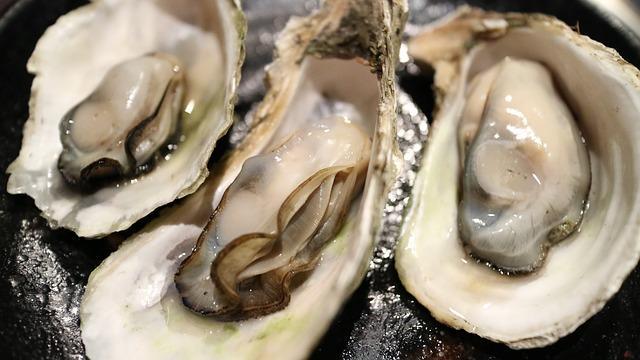
Before being transformed into a pricey delicacy, oysters lurk on the ocean floor doing what they do best - filter feeding. And if the water they are filtering is contaminated, so are the oysters. (Or they can be contaminated during handling.)
If served raw or undercooked, oysters can contain germs - mostly a gut-churner called norovirus and a bacterium known as Vibrio vulnificus - that can cause nausea, vomiting, and diarrhea.
READ ALSO:Â How screen time affects children
Potatoes
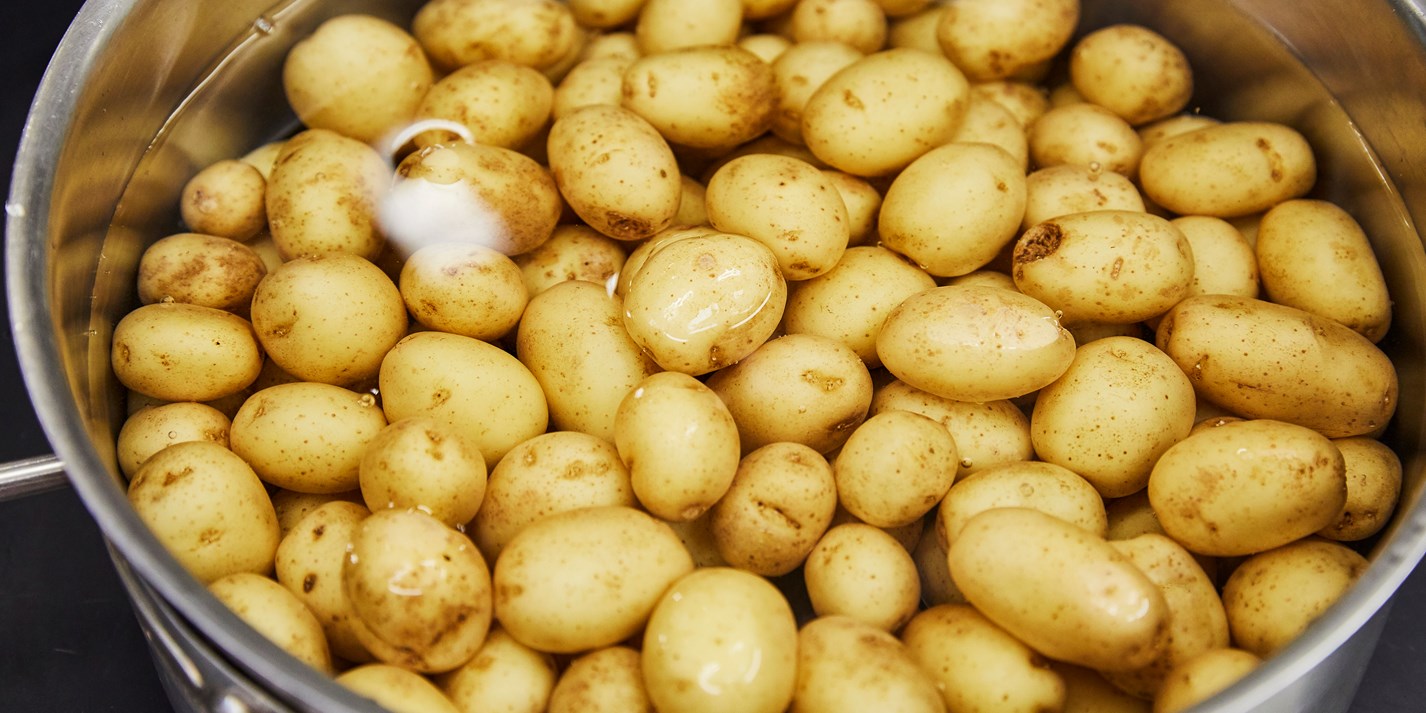
A freshly scrubbed spud that's properly cooked is unlikely to cause illness. But watch out for potato salad. Cross contamination - the transfer of germs from one type of food, usually meat, to another - can be the source of the problem.
Potato-related outbreaks of illness have been traced to germs like Listeria (which can live on deli counters ), Shigella, E. coli, and Salmonella.
Cheese
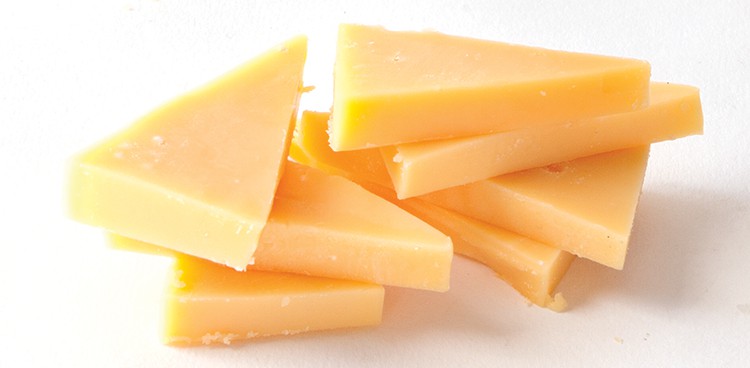
While restaurants are a key source of other food-related outbreaks, most people who get sick from cheese do so from products consumed at home. Cheese can be contaminated with bacteria like Salmonella or Listeria, which can cause miscarriages.
(That's why doctors warn pregnant women to avoid soft cheeses, such as feta, Brie, Camembert, blue-veined, and Mexican style cheese.)
Ice cream

I scream, you scream. We all scream from ice cream? Ice cream has been linked to 75 outbreaks caused by bacteria like Salmonella and Staphylococcus since 1990, according to the CSPI.
The largest outbreak occurred in 1994, when a batch of pasteurized ice cream premix was transported in a Salmonella-contaminated truck, and then used to make ice cream without re-pasteurizing.
"People are making ice cream at home and using raw eggs in the household," explains Hedberg.
Tomatoes
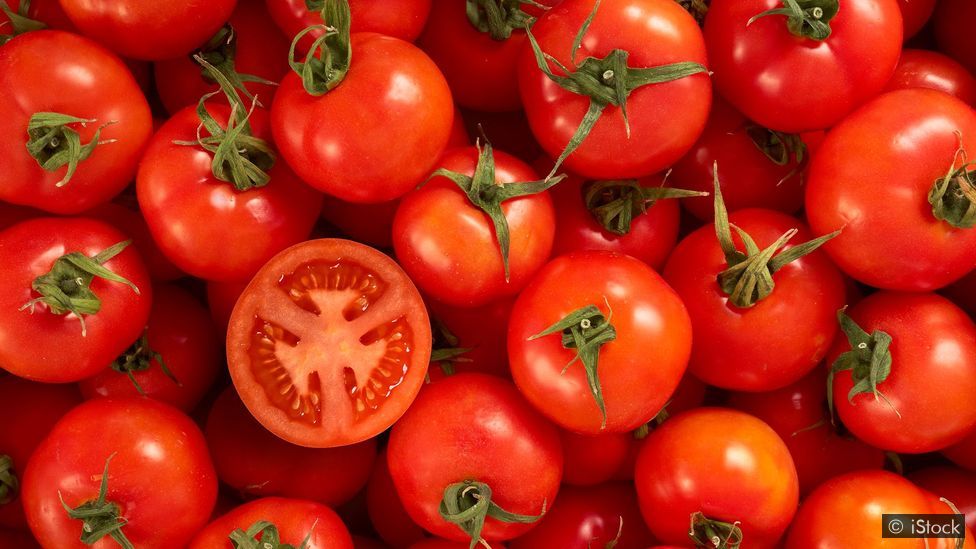
Although tomatoes were found "not guilty" in a 2008 outbreak that sickened thousands (the culprits were jalapeno and Serrano peppers), this summer favorite has been linked to at least 31 outbreaks.
"Lettuce or tomatoes may be contaminated, but once they enter a household, you can make sure that you don't allow the bacteria to grow and multiply," says Hedberg.
To do this: wash hands for 20 seconds with warm water and soap before and after preparing fresh produce; wash fruits and vegetables under running water just before eating, cutting, or cooking, even if you plan to peel it before eating; and keep fruits and vegetables that will be eaten raw separate from other foods.
Sprouts
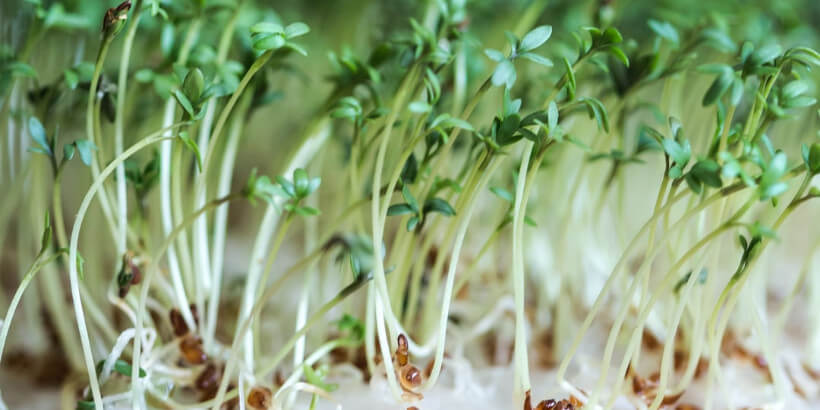
While sprouts are practically the poster child for healthy food, they can also be vulnerable to bacterial contamination. The seeds used to produce the sprouts can be contaminated in the field, and water and warm growing conditions that encourage germination can also boost bacterial growth.
The FDA and CDC recommend that the elderly, young children, and those with weakened immune systems avoid eating raw sprouts.
Berries
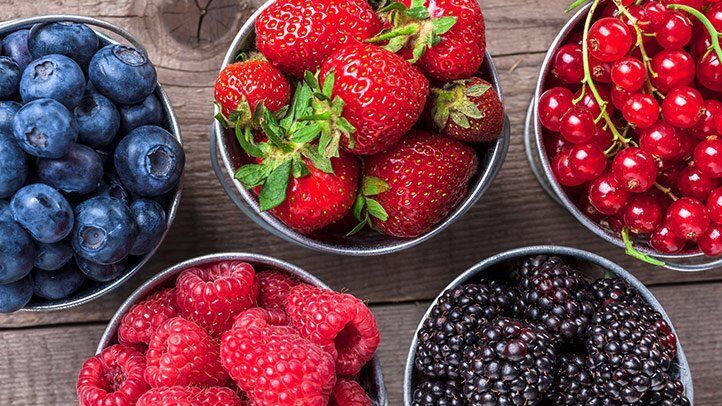
Another common source of food poisoning is berries, including strawberries, raspberries, and blackberries. A 1997 outbreak that sickened thousands of children via school lunches was traced to hepatitis A-contaminated frozen strawberries (possibly from a farm worker in Baja California, Mexico).
Other cases - linked to imported raspberries from Chile and Guatemala - have been caused by a germ called Cyclospora, which causes severe diarrhea, dehydration, and cramps.
Source: cbsnews





